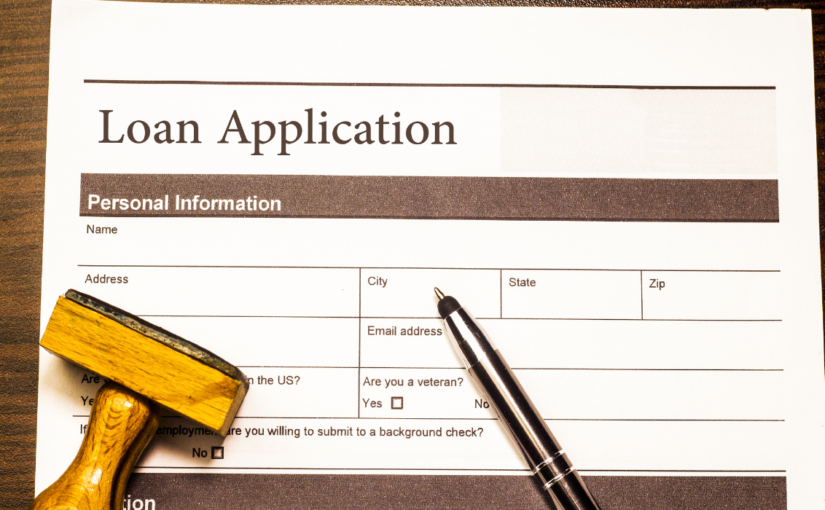back
The Role of Loan-to-Value Ratio in Multifamily Housing Loan Applications
04-2023

Lenders take into account a number of crucial factors when deciding whether to finance multifamily property, including the loan-to-value (LTV) ratio. The LTV ratio, which is expressed as a percentage, shows how much a loan costs in relation to the property’s appraised worth. It is a crucial indicator that lenders use to determine the degree of risk associated with giving a borrower a loan. This blog post will go over the relevance of the LTV ratio and how it affects loan applications for multifamily property.
Loan-to-Value Ratio: What Is It?
Loan-to-value (LTV) ratio is a metric used to evaluate the loan amount to the value of the asset used as collateral. LTV is determined by dividing the loan amount by the property’s appraised value. The LTV ratio would be 50%, for instance, if the loan amount is $500,000 and the property’s appraised value is $1,000,000.
LTV shows the degree of risk that lenders are accepting when they lend money to a borrower, hence it is significant to lenders. A greater LTV ratio indicates a borrower with less equity in the property, which increases the lender’s risk. A lower LTV ratio, on the other hand, indicates that the borrower has more equity in the home and poses a smaller risk to the lender.
The Role of LTV Ratio in Multifamily Housing Loan Applications
The LTV ratio is a key factor in loan applications for multifamily dwellings. Residential structures with multiple units, such as apartment complexes, townhouses, and condominiums, are referred to as multifamily housing. A multifamily housing loan, a sort of commercial loan created expressly for this kind of real estate, can be used to finance these buildings.
Compared to other kinds of commercial loans, multifamily housing loans often have a lower LTV ratio required by lenders. Because multifamily housing has a stable cash flow and a low default rate, it is regarded as a lower-risk asset class. Multifamily property frequently lies in highly sought-after areas, which further lowers the risk for lenders.
Depending on variables like the borrower’s creditworthiness, the location and condition of the property, and the lender’s risk tolerance, the precise LTV ratio required by lenders for multifamily housing loans might change. However, a common LTV ratio for multifamily housing loans is around 75%, meaning that the borrower must contribute 25% of the property’s worth as a down payment.
Importance of LTV Ratio in Securing Financing
When requesting multifamily housing loans, borrowers should take the LTV ratio into account. It may be more difficult to obtain financing if the LTV ratio is higher since lenders may consider the borrower to be a higher risk. This might lead to increased interest rates, more stringent loan underwriting standards, or even a loan denial.
In contrast, a lower LTV ratio can make it easier for borrowers to get credit because lenders may see them as less risky. Lower interest rates, better loan terms, and a higher chance of loan acceptance might all result from this.
When evaluating loan applications for multifamily housing, lenders take into account additional elements in addition to the LTV ratio. The borrower’s creditworthiness, the location and quality of the property, its cash flow, and the borrower’s prior experience with managing multifamily housing properties are some examples of these variables.
Tips for Improving LTV Ratio in Multifamily Housing Loan Applications
There are various things you can do to raise your LTV ratio and your chances of getting financing if you intend to apply for a multifamily housing loan. Here are a few advices:
- Provide a Larger Down Payment: Increasing your down payment is the simplest approach to increase your LTV ratio. As a result, the loan-to-value ratio decreases in terms of loan amount compared to property value.
- Boost Your Credit Score: When assessing loan applications, lenders frequently consider the borrower’s credit score. Your chances of getting a loan approved can go up, and you might get better loan terms as a result of improving your credit score.
- Increase the Property’s Cash Flow: Lenders want to know that the asset produces enough money to pay the loan back. Your chances of getting a loan approved can increase if the property’s cash flow is increased, and more favorable loan terms may follow.
- Pick Good Location: Lenders frequently perceive properties as having lower risk when they are situated in highly sought-after areas with high demand. A superior location might increase your loan approval prospects and lead to more benevolent lending terms.
- Work with an Experienced Lender: Using a lender who specializes in multifamily housing loans will improve your chances of getting approved for a loan and may also result in more favourable loan terms. Lenders with experience can guide you through the loan application process and understand the special risks and opportunities associated with multifamily housing.
In conclusion, the loan-to-value (LTV) ratio is an important factor for lenders to consider when assessing loan applications for multifamily housing. Your chances of getting a loan approved will likely increase with a lower LTV ratio, which may also mean better loan terms. You can enhance your LTV ratio and your chances of getting financing for your multifamily housing project by putting down a higher down payment, raising your credit score, increasing the property’s cash flow, picking a desirable location, and working with an experienced lender.
F2H Capital Group is a debt advisory firm specializing in negotiating the best terms for your commercial real estate projects. The company offers a range of financial products and services, including fixed loans, bridge loans, and construction loans across all asset types. Please contact us for any of your financing needs.

